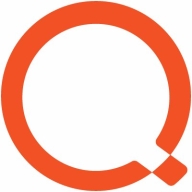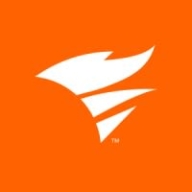

Samanage and Quest KACE Asset Management Appliance compete in the asset management category. Quest seems to have the upper hand with robust features offering greater value.
Features: Samanage includes seamless integration, IT service management, and a user-friendly interface. Quest KACE features comprehensive asset lifecycle management, device management, and advanced automation. The focus on automation and device management sets Quest apart in diverse IT environments.
Ease of Deployment and Customer Service: Samanage is cloud-based with an easy setup and responsive support. Quest KACE uses an appliance-based model, which might be more complex but offers extensive documentation and flexible deployment options. Samanage's cloud deployment allows faster setup, while Quest offers detailed control over processes.
Pricing and ROI: Samanage typically has a lower setup cost, leading to a quicker ROI for basic IT needs. Quest KACE's higher initial cost is justified by its robust features, providing long-term value, particularly for organizations needing extensive device management. The key difference lies in initial cost versus comprehensive long-term capabilities.


The KACE Asset Management Appliance provides comprehensive hardware and software inventory and asset management across a variety of operating systems — Windows®, Mac®, Linux®, UNIX® and Chrome OS™, plus network-connected non-computing devices — through the entire IT asset lifecycle, giving you and your team more time to focus on IT innovation. Fast to implement and easy to use, this tool discovers all hardware and software on your network, and provides ongoing IT inventory management, IT asset management (ITAM) and software asset management (SAM).
We monitor all IT Asset Management reviews to prevent fraudulent reviews and keep review quality high. We do not post reviews by company employees or direct competitors. We validate each review for authenticity via cross-reference with LinkedIn, and personal follow-up with the reviewer when necessary.